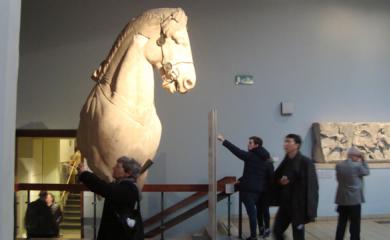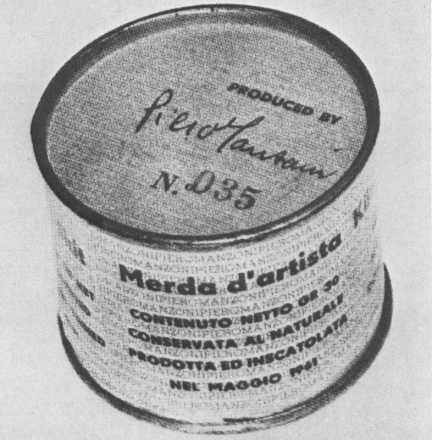Aware that two states were about to be added to the union, Heft resolved to design a new national flag. At his local department store he spent $2.87 on a length of blue cloth, along with some white iron-on tape. Working on the dining table at home, Heft cut up an existing flag, something that horrified his mother. He then set about designing a new configuration containing 50 stars rather than 48.
Heft presented his updated flag to his teacher, the appropriately named Mr Pratt, who was far from impressed and graded it severely: a B minus. According to Heft, Pratt told him:
“Why you got too many stars? You don’t even know how many states we have… If you don’t like the grade, get it accepted in Washington then come and see me. I might consider changing the grade.”
Determined to prove his teacher wrong, Heft sent his design to the White House. Over the next two years he followed his submission with 21 letters and numerous phone calls. US president Dwight D. Eisenhower endorsed Heft’s design in late 1959 and on July 4th 1960 it became the new national flag of the United States.
Mr Pratt subsequently agreed to change Heft’s grade from a B minus to an A, although by then Heft had graduated from high school.
Source: WBUR interview with Robert G. Heft, July 3rd 2009. Content on this page is © Alpha History 2019-23. Content may not be republished without our express permission. For more information please refer to our Terms of Use or contact Alpha History.


